Issuing a suo moto rule on November 20, the High Court questioned the legality of the expulsion of children from Primary Education Completion Examination (PECE) and its madrasa equivalent Ebtedayee terminal examinations. The HC bench of Justice M Enayetur Rahim and Justice Md Mostafizur Rahman issued the rule following a report published in a Bangla daily. The daily reported that around 15 students had been expelled from PEC and Ebtedayee terminal examinations which had started on November 17. The hearing has been set for December 10.
The court will consider the circumstances and justification of children being expelled from the exam. According to some reports, the expelled children were proxy examinees on behalf of other children, an offense, if true, that cannot be tolerated. The larger and more serious concern is how a primary school exam has such high stake that children, their parents, and perhaps teachers find it necessary to collude to commit a crime.
This is the question, we hope, the HC will consider. The education authorities have failed to address this question. It has been raised persistently by education researchers, child development experts, and parents ever since the nationwide public examination at the end of class 5 was introduced in 2010.
Until 2010, school-based assessment of students in primary school was the common practice. A small number of students of class 5, aspiring for a government scholarship, sat for a centrally administered test. The rest went on to secondary school after obtaining a certificate from their school.
Since then, highly competitive, high-stake, national, centrally administered public examinations at the end of grades 5 and 8, were added to the already existing SSC and HSC exams at the end of grade 10 and 12. The intention was to put teachers and schools under scrutiny, set some common standards of performance, and satisfy over-anxious parents.
The potential effect on children and teaching-learning in school from frequent public exams was forgotten. Education experts were sceptical about this move. But there was a great hype about the virtues of frequent examinations by politicians and officials, always on the lookout for quick-fixes. A dispassionate look was not taken at the consequences of making students totally pre-occupied with preparing for and taking tests, instead of engaging in and enjoying learning. Frequent exams became the remedy for the perceived decline in students’ learning outcome.
The counter-productive and perverse consequences of too many public exams since 2010 have been well documented. These included a surge of private coaching, commercial guidebooks, rote memorisation, desperation for guessing questions, cheating in exams, question leaks, incentive for authorities to show high pass rates and so on. (Education Watch Report 2014, Whither Grade 5 Examination, CAMPE.)
Evidence collected by researchers and CAMPE led to the recommendation to the government in 2016 to drop the grade 5 public exam and rethink student assessment. The then Minister of State for Primary and Mass Education, Mr Mostafizur Rahman, MP accepted the recommendation, but was not able to persuade his cabinet colleagues to change the status quo. Exams continue to reign supreme—and learning a lesser priority.
A Bangla daily, under a banner headline, “A Primary Education Board in the Offing,” reported that establishment of a new education board along the line of secondary education boards, is under consideration to conduct the nationwide PECE. An institutional structure, it is argued, is needed to administer the exam for over three million examinees at the end of class 5. The parliamentary committee on primary and mass education apparently has suggested such a step.
This move would be wrong on at least three counts. First, with grave doubts and ongoing debate about the PECE, it is not right to double down to take measures for institutionalising this exam. Secondly, it is necessary to get beyond the past fragmentation of school education management into primary and secondary and start thinking about curriculum, learning assessment and quality improvement for school education, pre-primary to grade 12, as a whole; universal quality primary and secondary education is the SDG 2030 goal which is also a pledge of Bangladesh’s. Thirdly, we need a technical body for learning assessment research, development and application, rather than an examination board of the type that exists today at the secondary level.
It is not that all exams and student assessment should be ditched. The value of traditional school-based annual exams needs to be restored. Public assessment at key stages should be for assessing basic competencies in language, math and science rather than using these as a substitute for the annual school-based exams. Schools, teachers, parents and the education authorities need to prioritise teaching and learning, rather than preparing for and taking public exams.
The example of Singapore or Finland having primary level public exam is sometimes mentioned in justifying our primary completion examination. This is based on a misunderstanding of student assessment in advanced systems. Singapore has a Primary School Leaving Examination (PSLE) at the end of grade 6, which, among other things, determines school choice for students. It is held over four days in October, about two hours each day, on students’ skills in English, mother tongue, math and science, rather than on all school subjects and is not linked to textbooks. Elimination of even this form of PSLE is under consideration, to be replaced by an assessment approach in line with the “learning for life” goals (“Testing and Learning – How Singapore Does It,” The Daily Star, October 5, 2018).
In Finland, a grade 6 external exam is optional for students, and is used to assess schools and the system rather than individual students who are not given a specific mark or grade based on the exam.
Moreover, the learning resources and teacher skills and competencies are very different in Singapore and Finland and similar advanced systems. Assuring the quality of teaching-learning is the priority there; assessment in school and external ones are a secondary means to this end.
The original introduction of PECE and class 8 public exam (JCE/JDE) and the prospective exam board are examples of how decisions affecting millions of children should not be taken. It is a closed and bureaucracy-dominated approach without due consideration of all the consequences and lessons from research. Could the Parliamentary Committees for Primary and Mass Education and for Education hold a joint public hearing inviting experts and stakeholders on these issues?
Source of the article: https://www.thedailystar.net/opinion/education/news/high-stake-exams-children-1834363
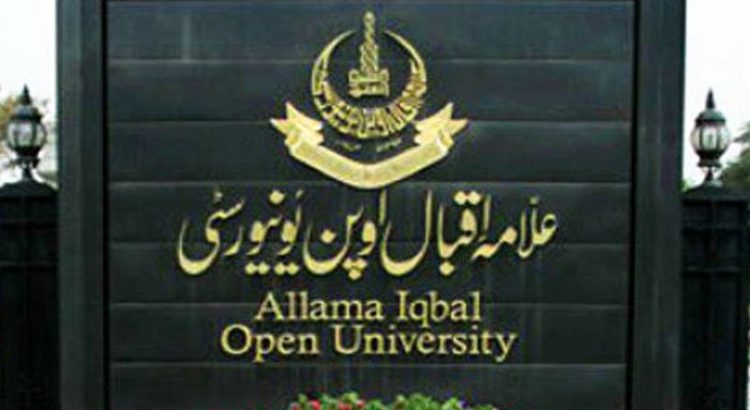

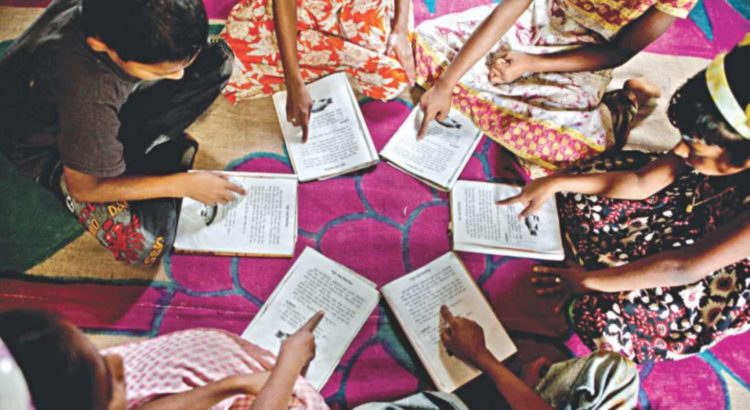
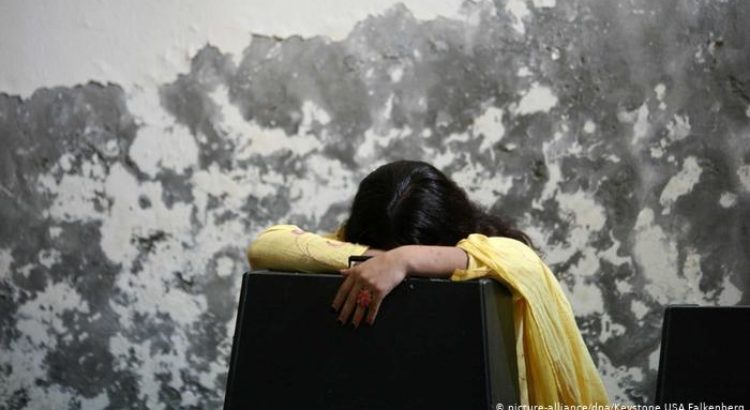

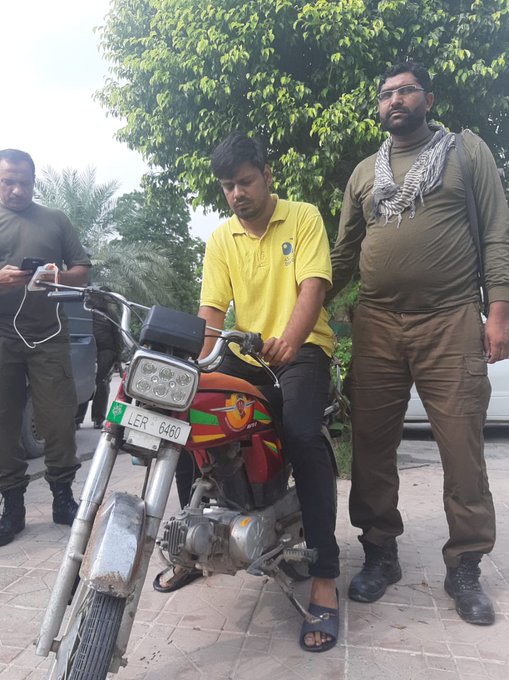
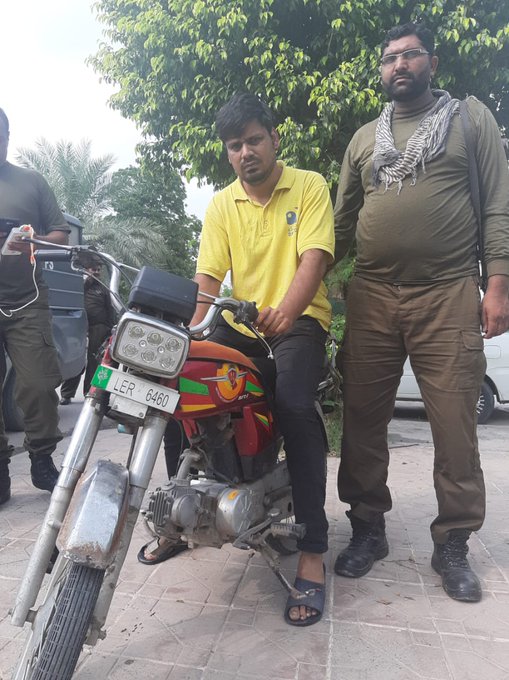

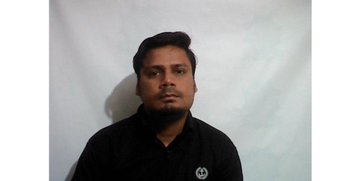
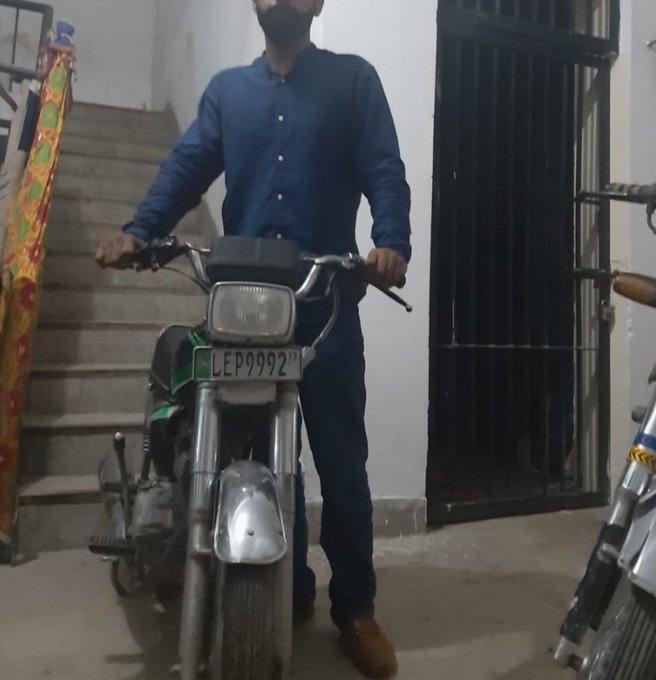


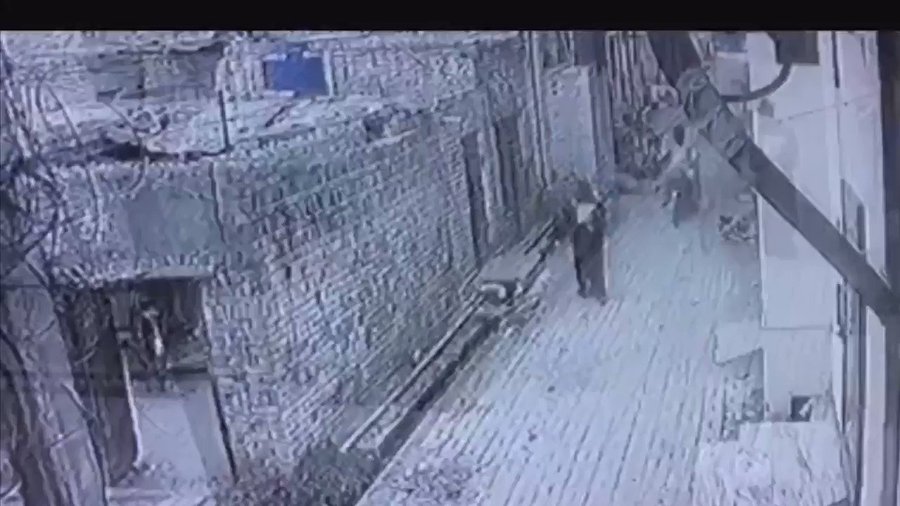

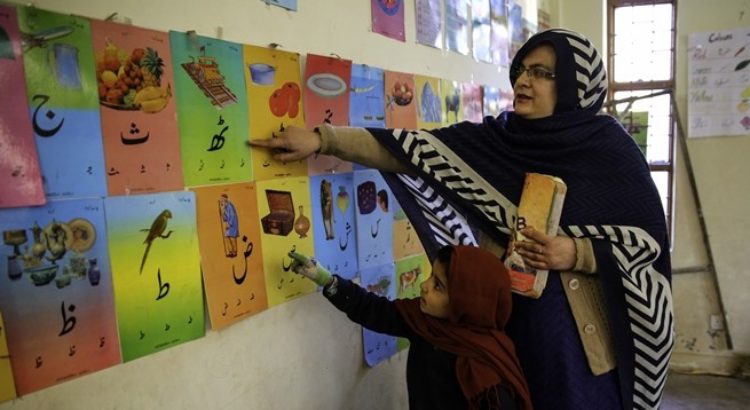
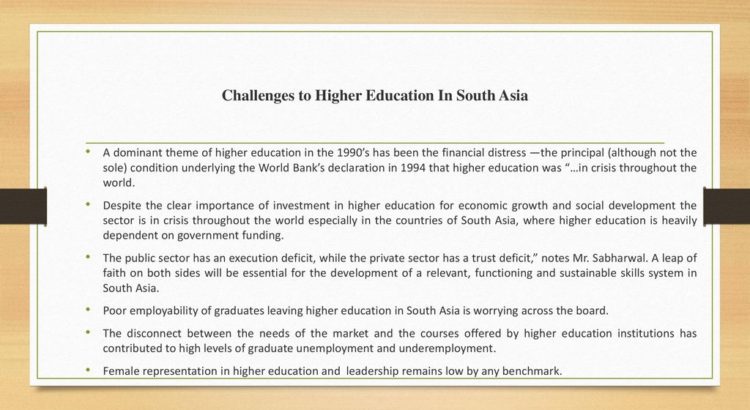







 Users Today : 166
Users Today : 166 Total Users : 35459761
Total Users : 35459761 Views Today : 318
Views Today : 318 Total views : 3418290
Total views : 3418290